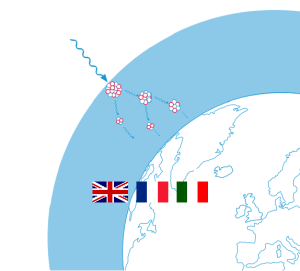
Cloud chamber – radioactivity in a cosmic setting
Brief description: Cloud chambers are boxes specially made to detect charged particles and radiation. In this activity, a cloud chamber is used to observe alpha


Brief description: Cloud chambers are boxes specially made to detect charged particles and radiation. In this activity, a cloud chamber is used to observe alpha
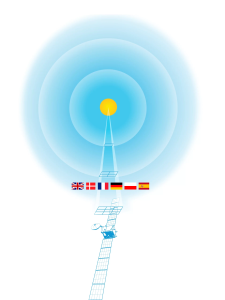
Brief description: In this set of activities, students will learn about two concepts that influence solar panel design for space missions: the inverse square law

Brief description: During these activities, students will work in small groups to model the transit of an exoplanet in front of its host star using
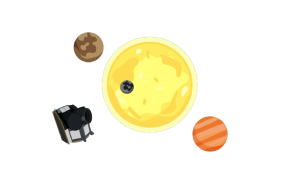
Brief description: In this set of activities, students will learn how scientists study exoplanets with satellites like Cheops (CHaracterising ExOPlanet Satellite), using the transit method.
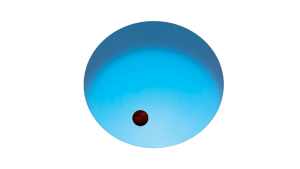
Brief description: In this set of activities students will learn how scientists study exoplanets with telescopes, using the transit method. Students will characterise exoplanets using
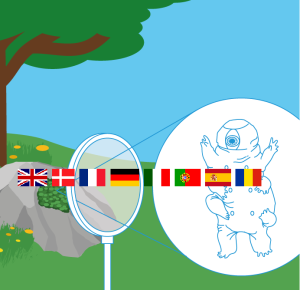
Brief description: In this set of experimental activities, students will investigate the survival abilities of tardigrades, also known as water bears. They will expose conditions
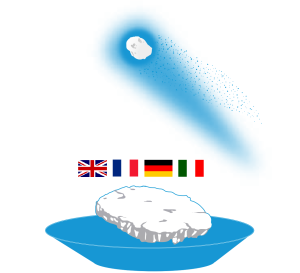
Brief description: In this activity, teachers and students simulate a comet nucleus in the classroom. Comets are considered to be time capsules containing information about
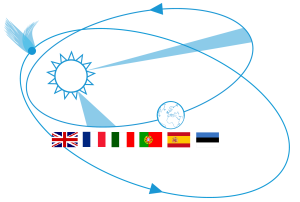
Brief description: In this activity, students will use an elliptical board to obtain speed and distance measurements for an object in an elliptical orbit. The
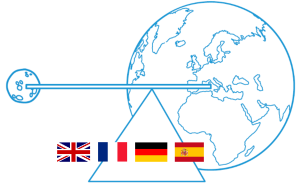
Brief description: In this activity, the principle of moments is applied to rotating systems to demonstrate the concept of a barycentre, or centre of mass,

Brief description: In this activity, students will consider whether life found in extreme environments on Earth could survive elsewhere in the Solar System. Students will